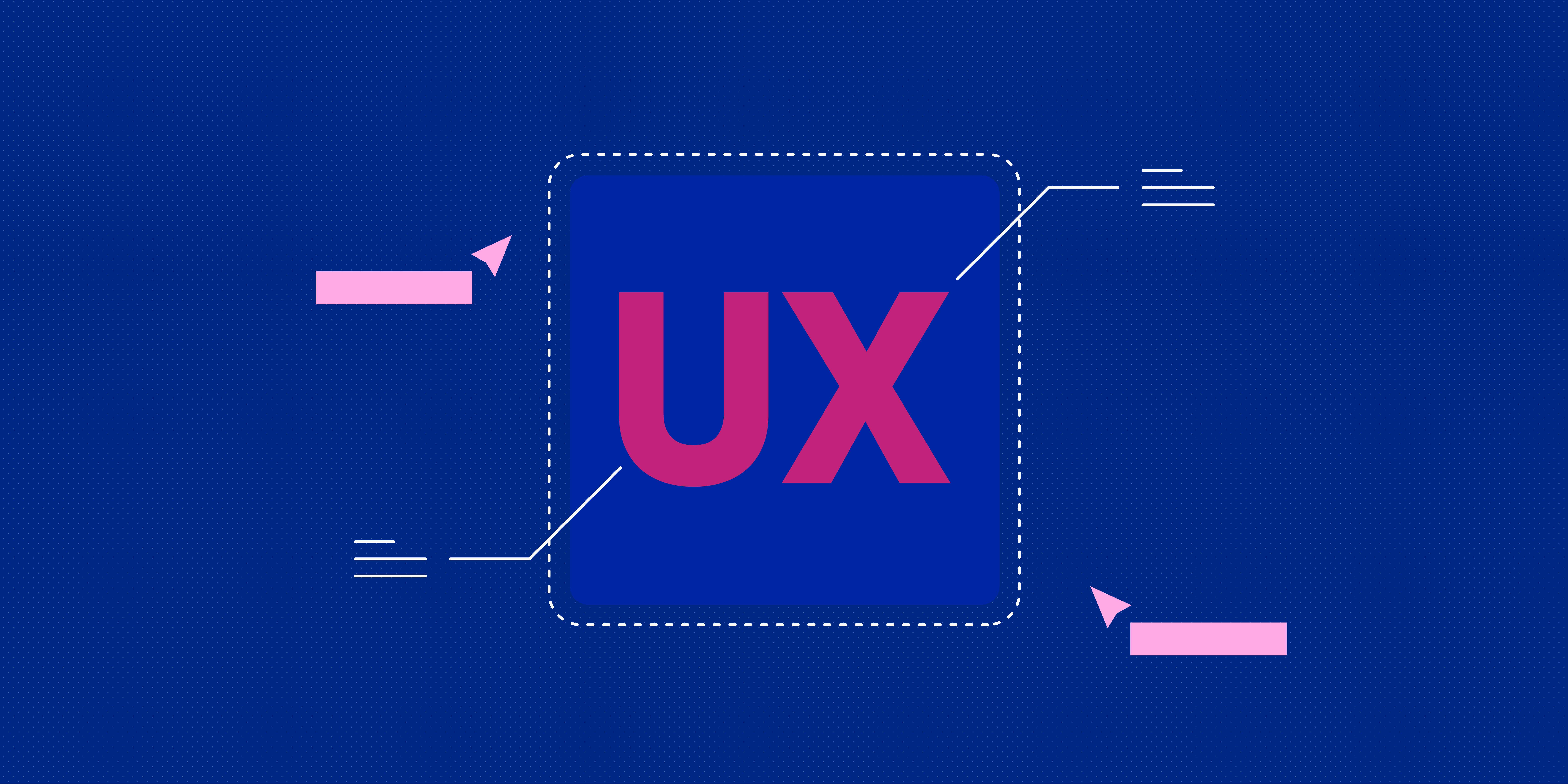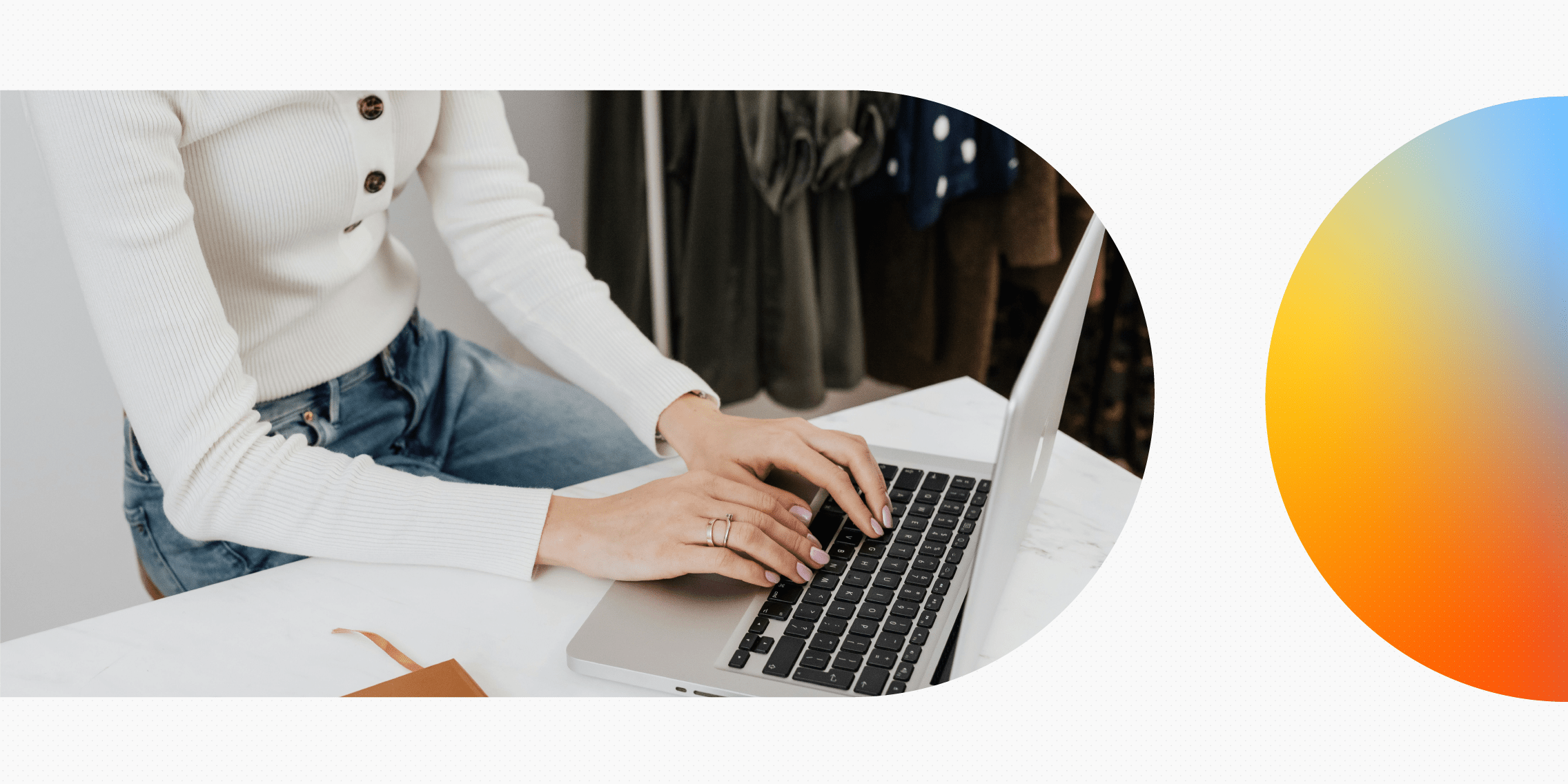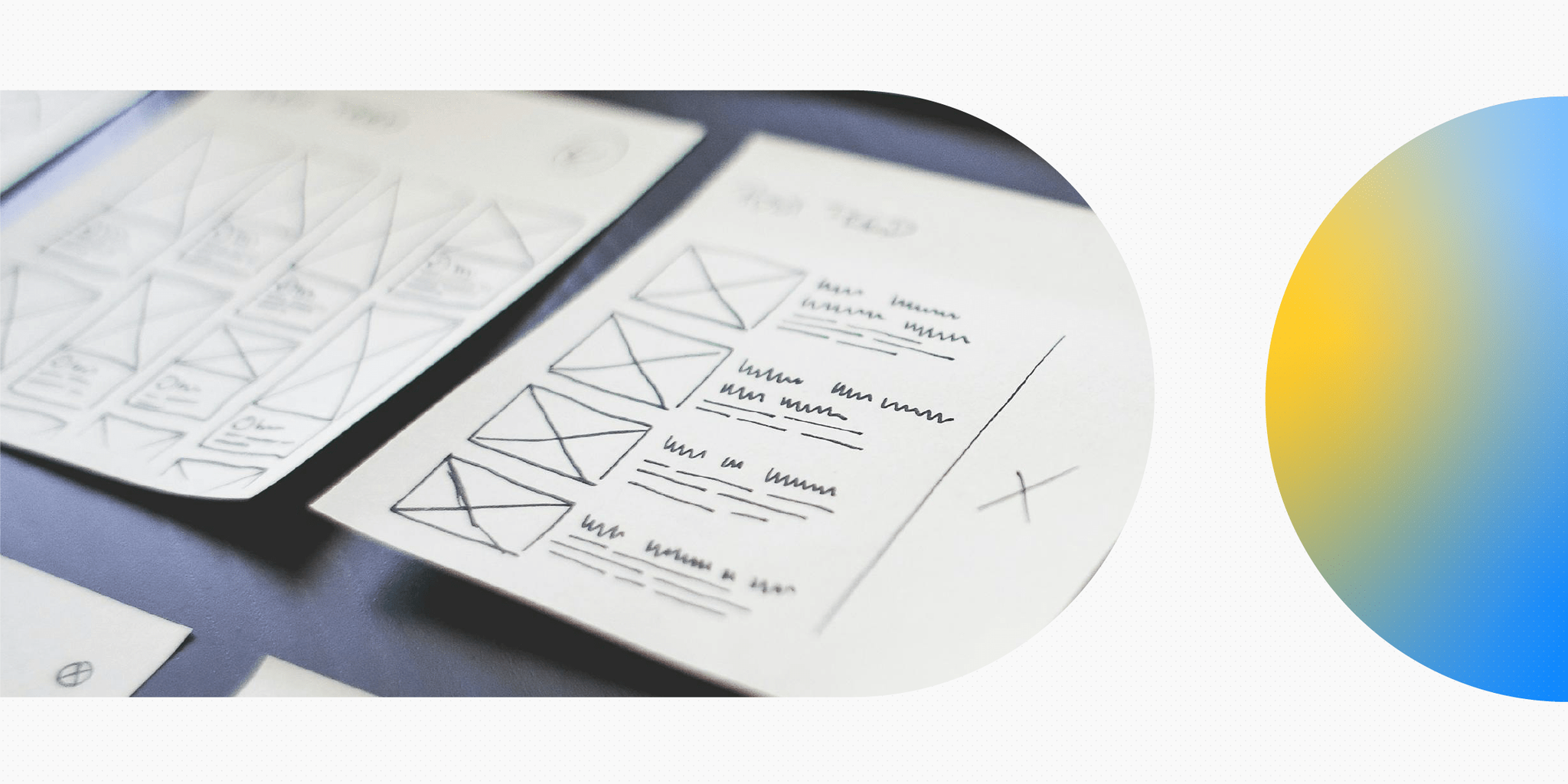Even the most seasoned UX designers would agree that UX interviews can be incredibly intimidating. Every company approaches UX interviews differently, and the questions you’ll be asked will vary depending on the industry and role you’re applying to. So how do you prepare for a UX interview? And how do you know what to focus on?
While no two UX interviews are the same, there are some questions you’ll almost always be asked in some variation. To help you ace your upcoming interviews, we’ve rounded up nine of the most common UX designer interview questions asked in UX interviews—and the confident, well-rounded answers that’ll leave a lasting impression.
We’ve split the UX designer interview questions into three categories:
- Design and technical questions
- Career and background questions
- Company and product-related questions
Let’s dive in!
Design and technical questions
1. What metrics and KPIs do you refer to when evaluating the success of your designs?
When answering this question, it’s important to show that your design decisions are backed by research and data. Quantitative data is an important part of user research, and being able to talk confidently about success metrics will also demonstrate your business acumen.
Here, it’s important to talk about the metrics, i.e., traffic, bounce rate, and task time—and what each metric tells you about how users are interacting with the site. It’s also key that you list the software you use to gather and synthesise this data. These might include heatmaps like HotJar, or website data tools like Google Analytics. Be prepared for follow-up questions here: How regularly do you track this data? What actions do you take based on fluctuating performance indicators?
Read more: The seven most important UX KPIs
2. What brand or company do you feel is really nailing their UX, and why?
The UX design industry moves quickly. Best practices evolve and new trends arise, so it’s important that you show hiring managers you’ve got your fingers on the pulse of what’s happening. This question is an opportunity for you to showcase both your knowledge of the industry and your personal preferences—and values—in UX design. Who you choose to talk about will give the hiring manager an indication of how you might approach UX at their company.
Try to pick a company that a) has a strong focus on user experience, and b) isn’t one of the more obvious players (like Apple or Google). When explaining why they’re ‘nailing’ their UX design, focus on features such as ease of use, intuitive navigation, accessibility options, etc. The more detail, the better—being well-researched will only reflect positively!
3. What does design thinking mean to you?
Design thinking is a mindset focused on problem-solving through creative solutions. This might seem like you’re being tested on the basics, but you’ll need to come up with a unique, well-thought-out answer rather than a pre-rehearsed dictionary definition if you want to stand out.
To answer this question successfully, explain how design thinking applies not only to product development, but also to customer satisfaction—and overall user experience as well. Talk about how it allows designers to empathise with users and create products tailored specifically for them—not just what looks aesthetically pleasing, but what actually serves their needs most effectively. To show that you really know your stuff, refer to examples of how you’ve used design thinking in different contexts.
Career and background questions
4. Talk us through a successful design project you’ve done in the past. What did you learn?
When hiring managers ask this question, they’re really asking another question: What are your strengths and weaknesses?
Walk them through an overview of the project—highlighting key moments, rather than providing small details. What was the background of the project? What was your approach? What role(s) did you play? How did you measure success? What challenges did you face? What would you have done differently?
Talk about how you researched the problem, ran user tests, crafted wireframes and prototypes, conducted usability testing etc., and how you were able to come up with solutions that met user needs and exceeded expectations. It might be tempting to use this as an opportunity to brag, but don’t forget about the second half of the question (what you learned).
5. Are there any UX design specialisations that you’d like to pursue in future?
Sure, you might expect interviewers to ask about your background—but a lot of design managers are also interested in your future. They want to know that this role will help—not hinder—your career development, and make sure your expectations are aligned in terms of what you’ll get to work on down the line.
Of course, you should still answer this question wisely. Saying you’re passionate about finance when the company you’re applying for is in travel won’t get you very far! To prepare for this question, think instead about which areas of UX design interest or excite you most. Are you particularly interested in interaction design? Are you passionate about accessibility? Do you see yourself being a design manager?
The more specific your answers are, the better: It shows that you have clear goals for yourself, and you’re always looking for ways to improve yourself professionally.
6. How important is collaboration to you? Are you a team player?
Good UX design is a team effort. You’ll need to collaborate with stakeholders across the business; from product managers to salespeople, web developers to marketeers.
Your answer to this question should highlight your ability to work effectively with others—and demonstrate an active enthusiasm for collaboration. There are a few things you can hone in on here: How you facilitate teamwork when working remotely, how you deliver and receive feedback, how you present and communicate your design work to non-technical folk, etc. Pull on examples of how you’ve proactively championed teamwork in the workplace, or how you’ve relied on open dialogue for better ideas and solutions. Remember, communication isn’t just talking: It’s also active listening, problem-solving, and practising empathy.
Company and product-related questions
7. What excites you about working here?
This might seem like a generic question, but your answer could be make-or-break. Ultimately, the hiring manager wants to know a) why they should hire you, b) how much research you’ve done about the company and how well you understand the role, and c) whether you’d be a good culture fit.
Hiring managers can tell when you’ve prepared generic answers, so the only way to ace this question is to do as much research as possible. Here’s where you show that you’re truly interested in the company and its mission—and you have what it takes to help them reach their goals.
Focus on what sets this organisation apart and explain why it resonates with you. Highlight qualities like their values, customer service model, or unique product offerings that drew you to apply for the job. Bonus points if you can talk about recent developments in the company—like investment rounds, awards they’ve won, or announcements they’ve made, that demonstrate a vested interest in the company’s journey.
8. What would you improve about our UX?
This might seem like a trick question. After all, you don’t want to offend your interviewer with a laundry list of everything you don’t like about the product!
Don’t be intimidated: Here’s your chance to show where you’d really add value. Again, it helps to be well-researched and come up with a few initial questions you had about the product and current processes. Identify a few key areas of improvement (don’t overdo it!) and offer up specific, actionable solutions that you feel could benefit the company’s target user. Mention how you’d approach these improvements, like conducting user research or A/B testing.
9. What are some of the challenges you think our users are facing?
The goal of this question is to determine your ability to take initiative when it comes to understanding customer needs.
You can talk about pain points you identified while researching similar products, or trends in customer behaviour (like abandonment rates or high bounce rates). Empathy is an important pillar of UX design, so you need to prove that you can put yourself in the users’ shoes—even if you’re not the company’s target demographic. Rather than making assumptions, do your research about the industry and read up about shifts in consumer behaviour. Showing a deep understanding of user habits helps demonstrate your commitment to putting users first when designing experiences for them.
Round up
Interviews in any discipline are nerve-wracking. But if you’re new to the world of UX, confidently proving your value when you don’t have years of experience behind you to back it up can be extra nerve-wracking. Just remember: By the time it gets to the interview stage, the hiring managers have already seen your resume—and they liked what they saw!
Preparing for UX designer interview questions is all about being well-researched on each company. If you keep your cool under pressure, and approach each UX designer interview question thoughtfully using real-world examples, it won’t be long before you get that dream job!
To learn more about a career in UX, check out these blog posts:
- What hiring managers look for in a UX portfolio
- The ultimate guide to UX networking (and 5 tips for success)
- Why UX design is a good career




